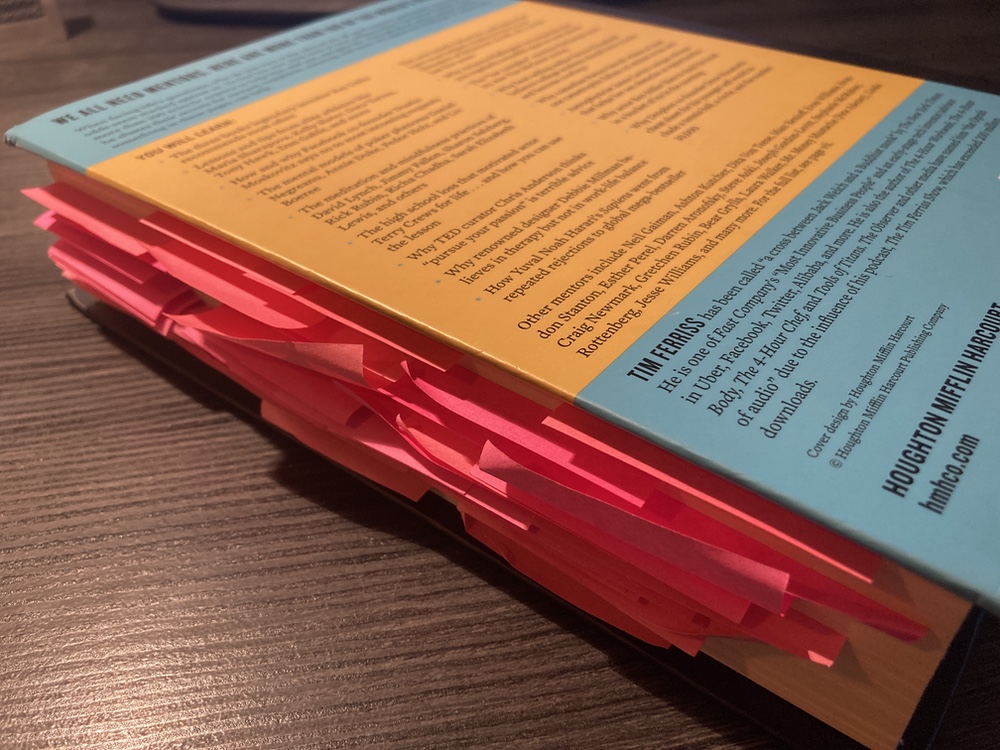What makes a conversation meaningful and how does one cultivate the skill of engaging in impactful dialogue?
The interplay between coaching and conversational skills reveals itself in surprising ways.
[I]t’s more towards the other [end] in my podcast. […] There hasn’t been an agenda. There hasn’t been a set timeframe. There hasn’t been any, ‘this is what we need to get through, or the goal we need to reach, or anything.’ And, surprisingly, you know it’s gone really well.
~ Helena Roth (1:07)
This conversation explores the dynamics of creating meaningful dialogues, with an emphasis on curiosity and presence. Helena and Craig discuss the distinction between structured interviews and organic conversations, highlighting the challenges and rewards of allowing spontaneity to guide the flow. Insights are shared about how to cultivate an environment where natural exchanges can thrive, contrasting the vibrancy of unplanned dialogue with the rigidity of pre-set agendas.
They touch upon the art of listening and the interplay of coaching principles in conversations, including withholding judgment and fostering genuine curiosity. Reflections on well-known podcasting styles illustrate the impact of personal involvement in interviews. Practical techniques, like recording from the first moments to capture authenticity, also surface, underscoring the importance of preparation in producing organic conversations.
Takeaways
Curiosity as a driver — Authentic conversations are fueled by genuine curiosity rather than adherence to rigid formats.
Judgment in dialogue — Skilled conversationalists avoid answering on behalf of others, allowing responses to unfold naturally.
Role of presence — Effective hosts contribute by being present and engaged without necessarily steering the dialogue.
Structured vs. unstructured — A discussion on how agenda-free formats can yield unexpected depth and resonance.
Coaching and listening — Coaching techniques enrich dialogue by emphasizing open-ended questions and a non-intrusive approach.
Recording strategy — Starting recordings immediately helps capture authentic moments often lost in staged setups.
The vitality of conversation — Lifeless exchanges often stem from transactional, pre-scripted interactions lacking spontaneity.
Reflection and evolution — Re-listening to past conversations reveals new insights, demonstrating the depth of recorded dialogues.
Resources
Walter Isaacson — A biographer known for his works on Steve Jobs and others; his style was critiqued in the conversation.
On Being with Krista Tippett — A podcast blending spiritual and intellectual inquiry, cited as an example of presence in dialogue.
Ocean Vuong — Poet and author, mentioned for a memorable conversation with Krista Tippett on “On Being.”
Tankespjärn — Helena Roth’s podcast emphasizing unscripted, organic conversations.
(Written with help from Chat-GPT.)
ɕ

